Seriously, how do they manage to sell everything from pregnancy tests to picture frames for just a dollar? We uncovered their secret strategies.

Why Dollar Stores Are So Cheap


They buy in bulk
Dollar stores know how to get a good deal—and turn it into an even better one. Think of it this way: It’s like they shop at Costco and then sell you the individual products, says Willie Greer, founder of The Product Analyst. They also may buy millions of those bulk items and divide them up for each of their stores. This brings down the price company-wide.

They sell small products
“Usually, they sell smaller items or [ones] in lesser quantity so that they can put a high margin into it,” Greer says. “To customers, this seems OK, especially if they only need a quarter of a certain product.” But it could also mean you’re shelling out $1 for a quarter of the amount you’d usually purchase—meaning that you might end up paying more than you should for the amount you’re getting. So before you buy, decide if you’re actually getting a bargain.
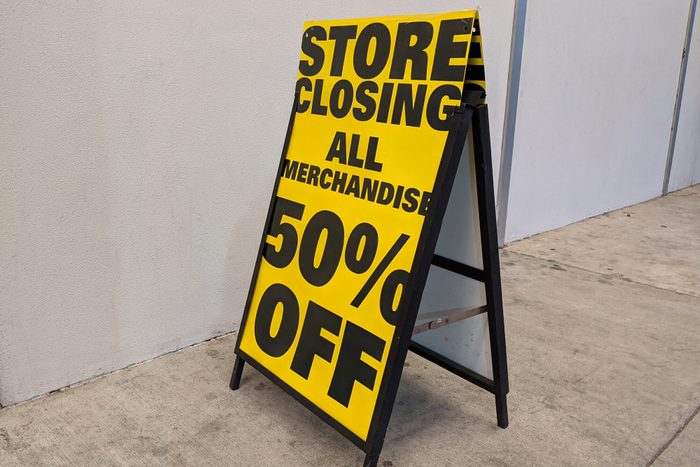
They sell liquidated items
Dollar stores operate by selling liquidated, outdated or otherwise cheaply acquired goods and inventory, typically when another chain store or distributor goes out of business, says Baron Christopher Hanson, owner of RedBaron Consulting. This doesn’t mean that anything is necessarily wrong with the products, though, and Hanson himself says that he and his family regularly stock up on basics there.
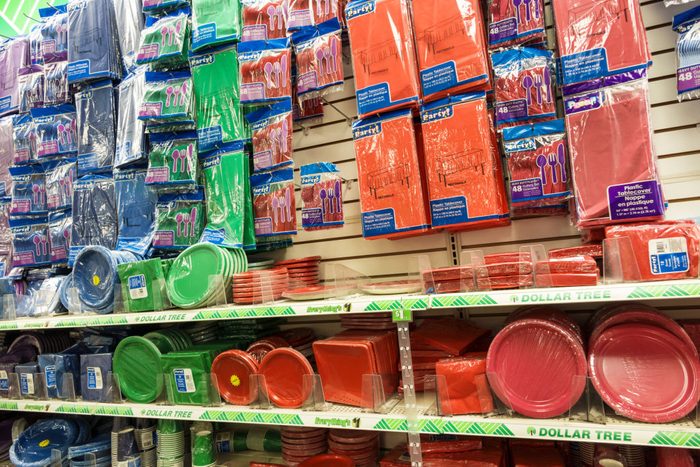
Their inventory changes all the time
Most dollar store managers have little or no idea what inventory is arriving, and customers can’t make requests, Hanson says. What do they know? “They know that certain categories like cleaning products or party supplies or snack foods will be filled,” he explains, but the company itself makes stocking decisions based on the best deals they can secure. “You never really know what’s going to be put out on the shelves, and that’s the beauty of the dollar store,” Hanson says. “The book section is our favorite, because you can find great reads for $1 that were acquired in liquidation or bankruptcy.”
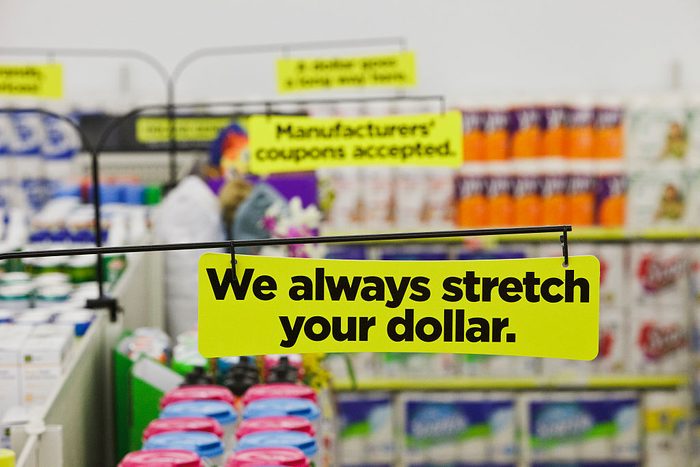
They are very careful with pricing
Dollar store items are often not stocked unless they come in at an average price of 25 to 33 cents all-in, Hanson says. They will never stock anything above 50 cents, so their profit margin is actually quite high. The bottom line? If the base product costs too much, they won’t carry it, because they need the profit margin to stay high. Dollar stores aren’t the only ones that do this, of course.
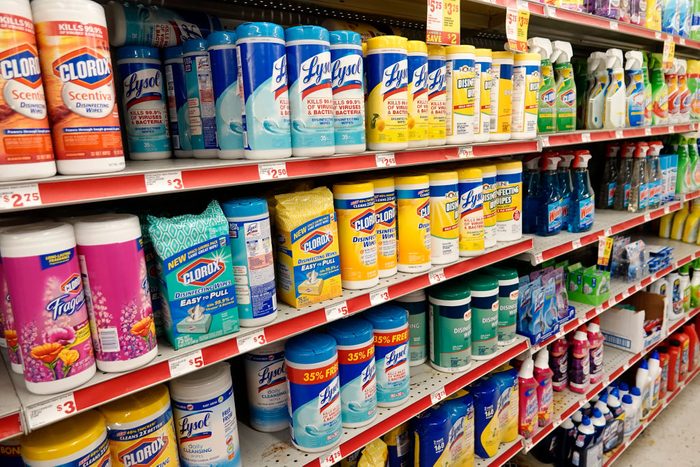
Some dollar stores charge more
Most dollar stores offer everything for just $1. But some have most items priced between $1 and $2, plus some that range from $3 to $7. These pricier items could be anything from larger pieces to brand-name products. Still, even those stores operate much the same way in terms of acquiring inventory for pennies on the dollar, Hanson says. It doesn’t make much sense that they’re still called “dollar stores,” but it is what it is.

The quality isn’t always the best
If you’re buying basic home goods like kitchen tools, hygiene products and cleaning items, you’re probably getting a great deal and a decent-quality product, says Hanson. The same goes for seasonal items such as gardening gloves, holiday decorations and candles. But while these items are pure gold, others are a Dollar Store rip-off and you should think twice before buying them. Think of it like bargain hunting, and make sure to be a discerning shopper.

They buy food items that are close to their expiration dates
Dollar stores have long had a bad reputation for their fresh produce—and many still don’t carry any. But the ones that do are generally doing a good job with it these days, according to a recent study. Researchers found that the quality of their produce is on par with what you’d find at grocery stores. Items like seafood and cheeses are more of a gamble, however, since dollar stores often acquire them very close to their expiration dates. “Reading the label and expiration date is highly recommended before ingesting anything,” says Hanson.
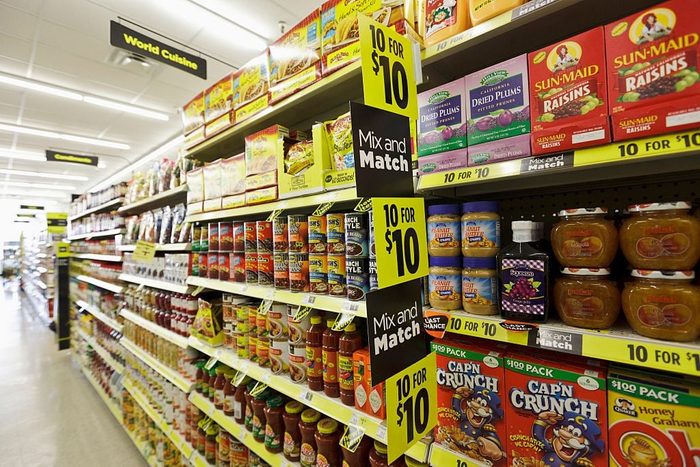
You’re encouraged to buy more than you need
Ever walk into a dollar store intending to buy $5 worth of items and end up leaving with two giant bags full of stuff? That’s because dollar stores cleverly pack their locations, says Kimberly Porter, a personal finance expert. The store shoves a lot of products into a small space, which contributes to consumers grabbing more items. Plus, you may walk in for a great deal on greeting cards or gift bags, but you also end up buying a handful of other things you may not need that are actually a markup, such as small bottles of juice or milk. Most people will simply assume they’re getting a good deal on everything and not think too hard about their purchases.

They have a wide customer base
Dollar stores are to corner shops what discounters are to supermarkets, says Michael Sena, founder of Senacea, a business consultancy firm. “They concentrate their assortment on staple items, so every time you go there, you can spot some kitchen utensil or small item you broke,” Sena says. “That allows them to reach a wide customer base, and makes dollar stores recession-proof.” Essentially, everyone can find something they need at the dollar store, and they go through their inventory quickly.
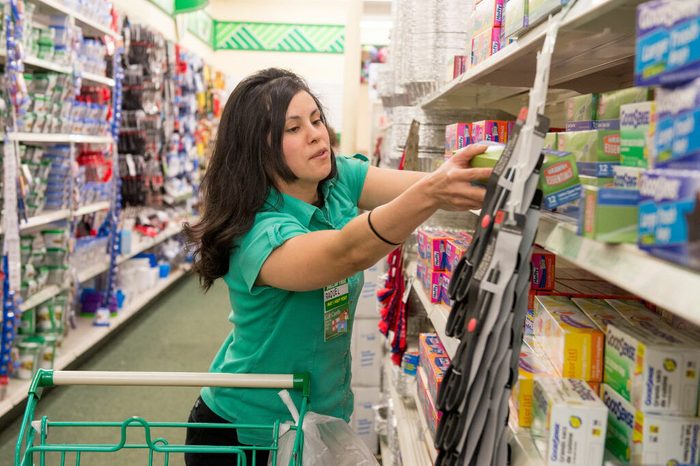
They cut other costs
These stores don’t spend money on advertising, as they focus on competing with price and availability. Standardized pricing lowers the cost of stock management, labeling and therefore staffing costs, Sena says. Similar store plans in every location also make it easier for the employees to distribute products without thinking much; this means they can staff fewer people, since it doesn’t take as long to stock the store and label the products.

They don’t usually sell brand names
The dollar store itself is the brand, and the cost of the items is the draw, says Stacy Caprio of Deals Scoop. “So they are able to private-label and sell their own items without having to pay the high brand-product markups that you see in regular stores,” she explains. If you do see a brand name, then it’s most likely been overstocked elsewhere or it’s last season’s item.

They focus on volume
Customers very rarely buy just one item from the dollar store, Sena says, and dollar stores count on that. Some of the major profit sources for these shops are impulse purchases, such as chocolate bars or drinks. However, as a smart shopper, you should remember this golden rule: “An extra dollar is not a fortune, but if you know that you are never going to use a certain product, it is not worth even a dollar for you,” Sena says.
About the experts
|
Why trust us
At Reader’s Digest, we’re committed to producing high-quality content by writers with expertise and experience in their field in consultation with relevant, qualified experts. We rely on reputable primary sources, including government and professional organizations and academic institutions as well as our writers’ personal experiences where appropriate. We verify all facts and data, back them with credible sourcing and revisit them over time to ensure they remain accurate and up to date. Read more about our team, our contributors and our editorial policies.
Sources:
- International Journal of Environmental Research and Public Health: “Healthy Food Options at Dollar Discount Stores Are Equivalent in Quality and Lower in Price Compared to Grocery Stores”
- Willie Greer, founder of The Product Analyst
- Kim Porter, expert on credit, mortgages, student loans and debt management
- Baron Christopher Hanson, founder of RedBaron Consulting
- Michael Sena, founder and company director of Senacea
- Stacy Caprio, founder of Deals Scoop




















